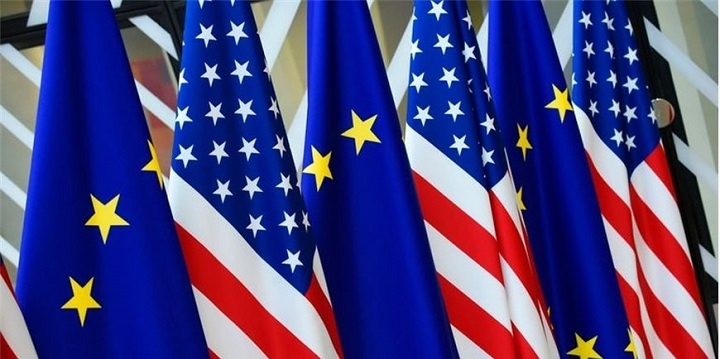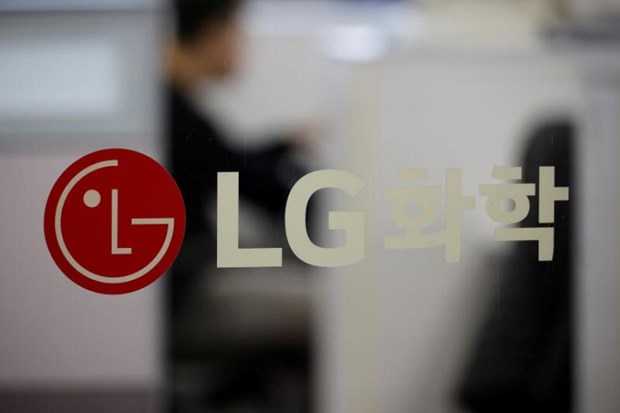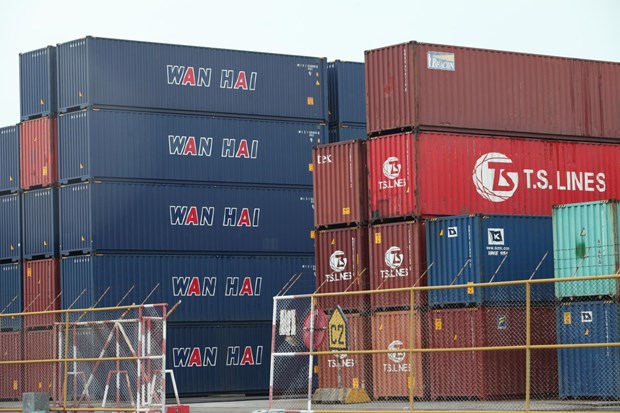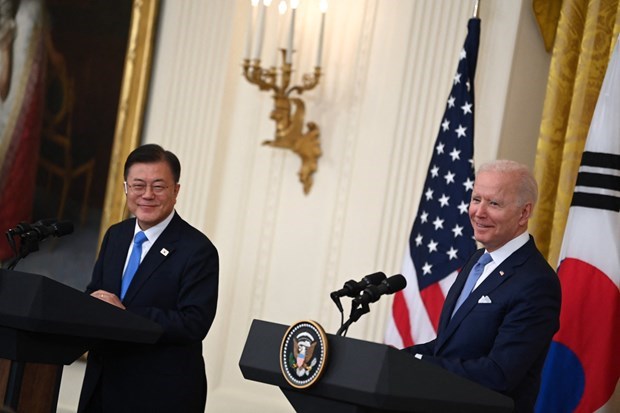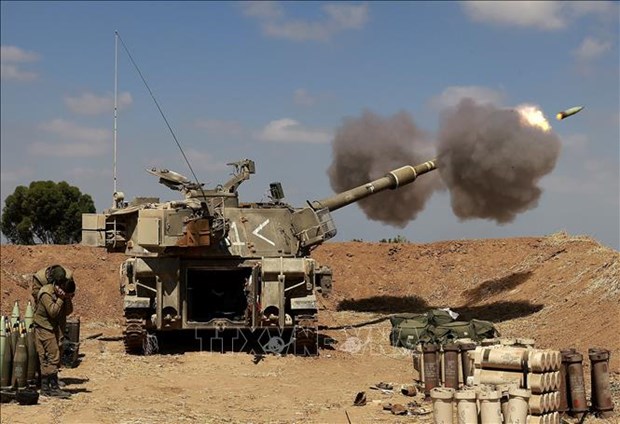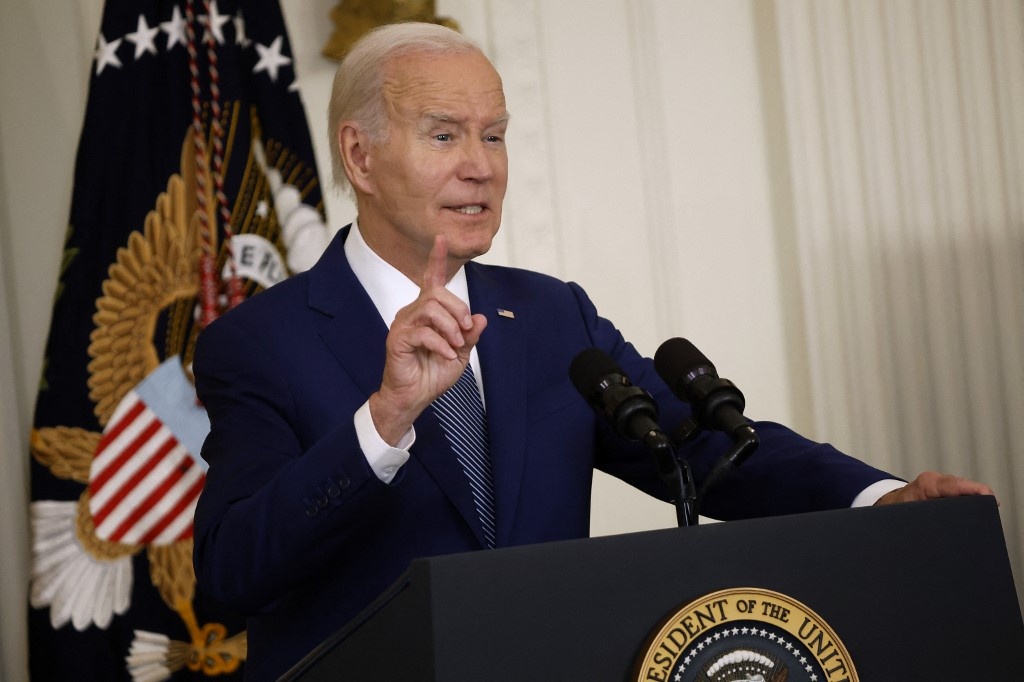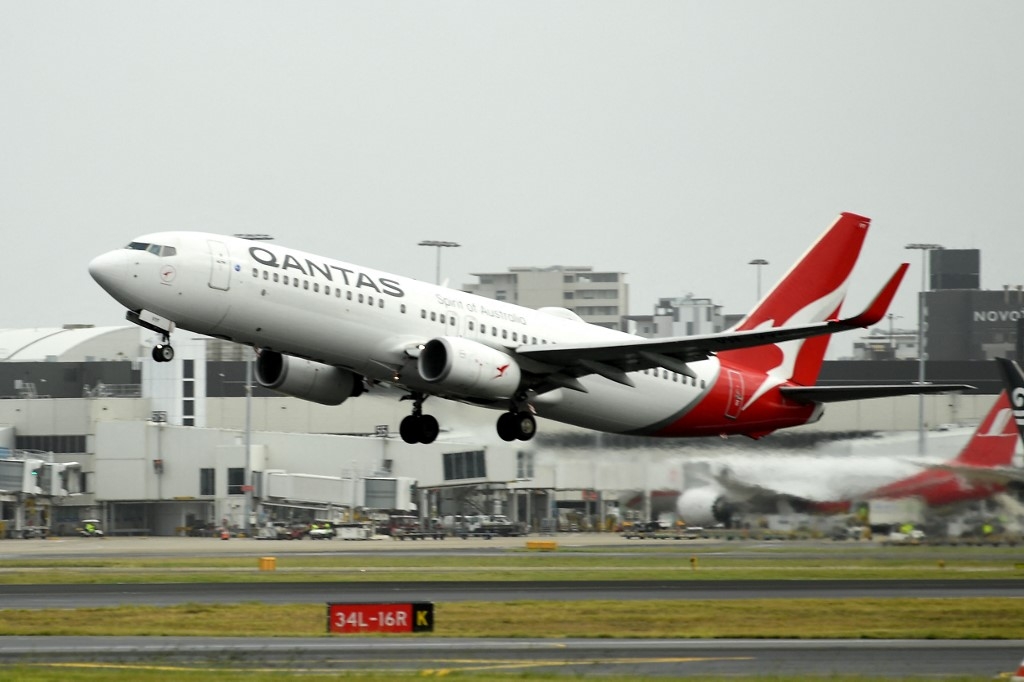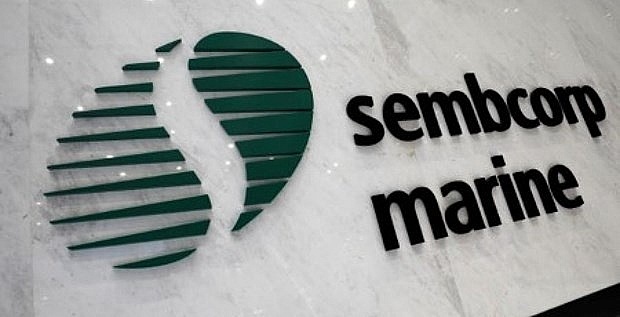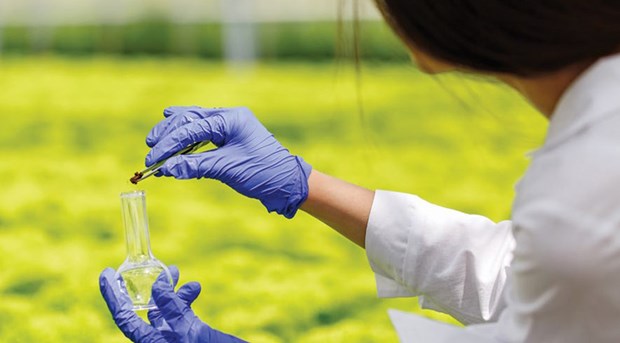Bright colours of global economic picture
NDO – The statistics recently released by the Organisation for Economic Cooperation and Development (OECD) show that international merchandise trade for the G20 reached record levels in Q1 of 2021. The recovery momentum in many nations and regions has been maintained, painting the global economic picture with brighter colours.
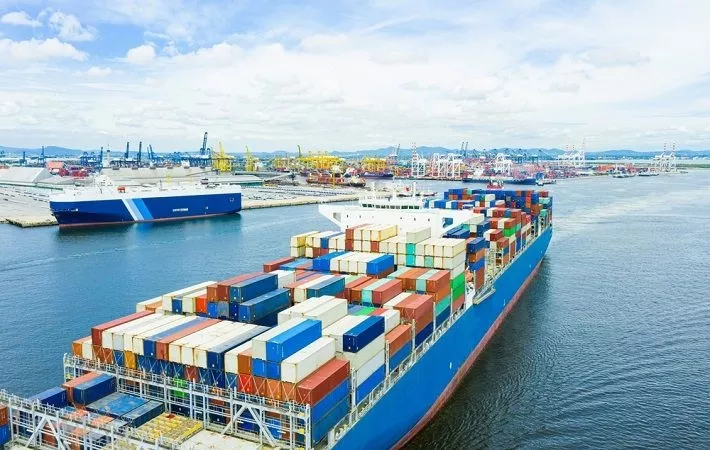
After a long period of time with the world economy suffering heavily due to the COVID-19 pandemic, a number of countries have recorded rebounds regarding indicators in important economic sectors. Socio-economic activity seems to have become vibrant again in the “new normal” following the easing or lifting of restrictions and social distancing measures. According to a report by the United Nations Conference on Trade and Development (UNCTAD), global trade rebounded to a record high in the first quarter of this year.
Notably, the value of global merchandise trade increased by 10% over the same period in 2020. Such recovery has been fuelled by exports from economies in East Asia. China saw exports up 18.9% and imports up 19.0% in Q1 2021. The Chinese and US economies are likely to be the main drivers of global growth in the coming months as the recovery of the world economy is expected to continue in the second quarter, with the total value of goods and services reaching US$6.6 trillion.
Meanwhile, compared with the fourth quarter of 2020, G20 exports and imports soared by 8% and 8.1%, respectively. With the exception of the United Kingdom, all G20 economies registered positive growth in Q1 2021, with the depreciation of the US dollar and the related increases in commodity prices playing a role in the recovery from the COVID‑19 lows. Argentina, Austria, Brazil and South Africa, the G20’s largest exporters of agricultural products and metals, reported a spike in their exports thanks to strong increases in prices of these commodities. Additionally, the nearly 35% increase in crude oil prices in Q1 2021 translated into the rising export values of Canada (up 10.8%), Russia (up 13.1%), and Indonesia (up 12.4%). However, with energy products being a major import for most G20 economies, the price increases also resulted in higher import values in the same period.
The European Union (EU) countries are also on a strong recovery path. According to the EU’s Statistical Office (Eurostat), merchandise trade between the EU and the rest of the world rose both in March and the entire first quarter, showing signs of recovery. Exports to non-EU countries hit EUR195.1 billion in March, up 10.6% year-on-year, while the import turnover reached EUR176.3 billion, an increase of 19%. In the OECD report, the EU’s import and export values went up 5% and 3.8% in the first quarter of 2021. The Eurozone business activity is growing at its fastest rate in three years. A survey by IHS Markit unveiled that the number of orders in the Eurozone has reached a record high of the last nearly 15 years. Purchasing Managers’ Index (PMI), one of the earliest indicators to show the outlook for the economy, rose from 53.8 points in April to 56.9 points in May. France, a hard-hit economy by the pandemic, recorded vigorous growth in Q1 2021. Germany also saw a sharp increase in output, although the manufacturing sector recorded lower growth than the recent record growth level due to supply chain disruptions. The Eurozone’s business activity is expected to grow even more strongly if there are no supply chain delays and businesses do not face difficulties in resuming operations.
Meanwhile, the UK - a European economy outside the Eurozone - is also recovering quickly from a bad recession. According to data from the UK Office for National Statistics (ONS), its consumer price index (CPI) rose by 1.5% in April 2021, up from the 0.7% growth in March.
Global trade activities are recovering rapidly. Fiscal stimulus packages are expected to be a powerful supportive “medicine” for this trend.

